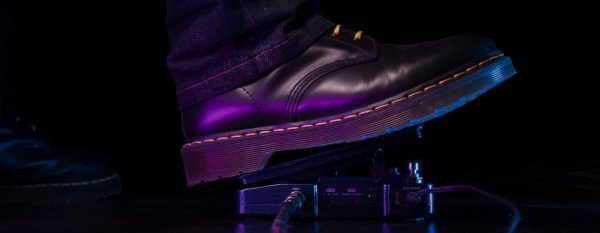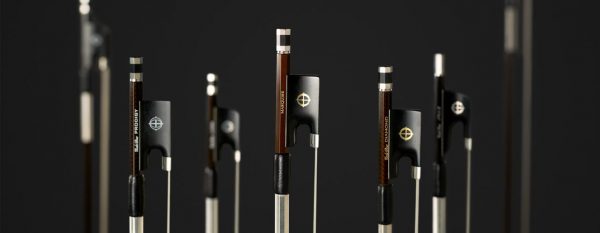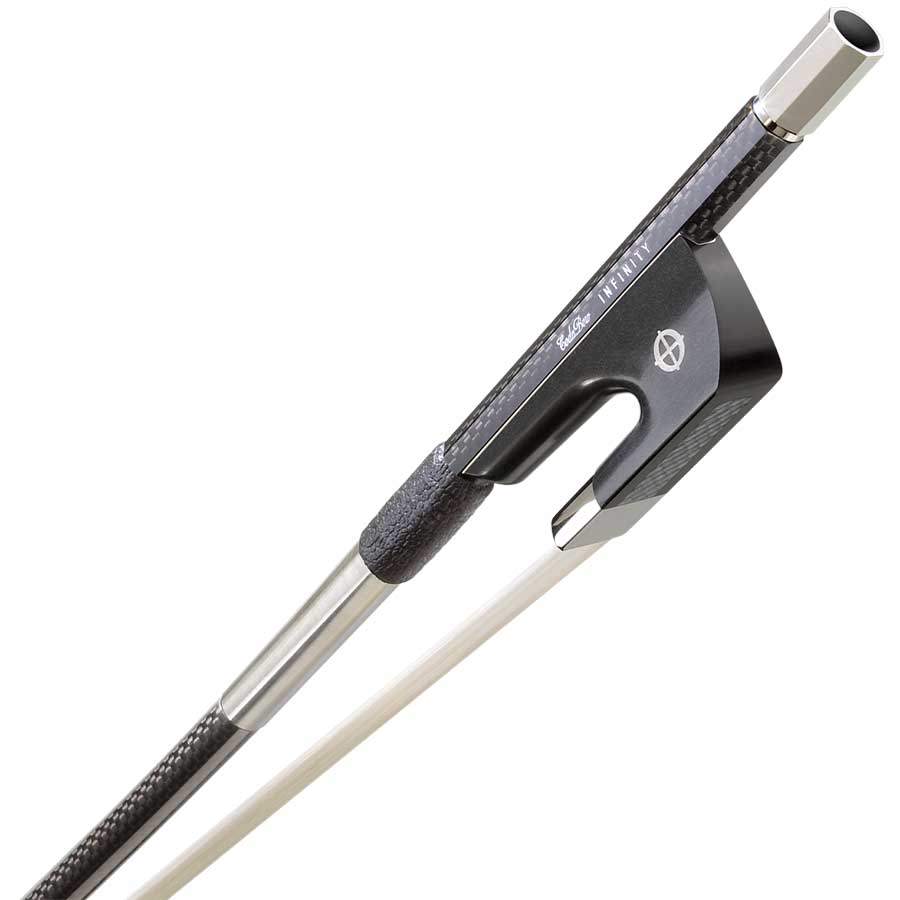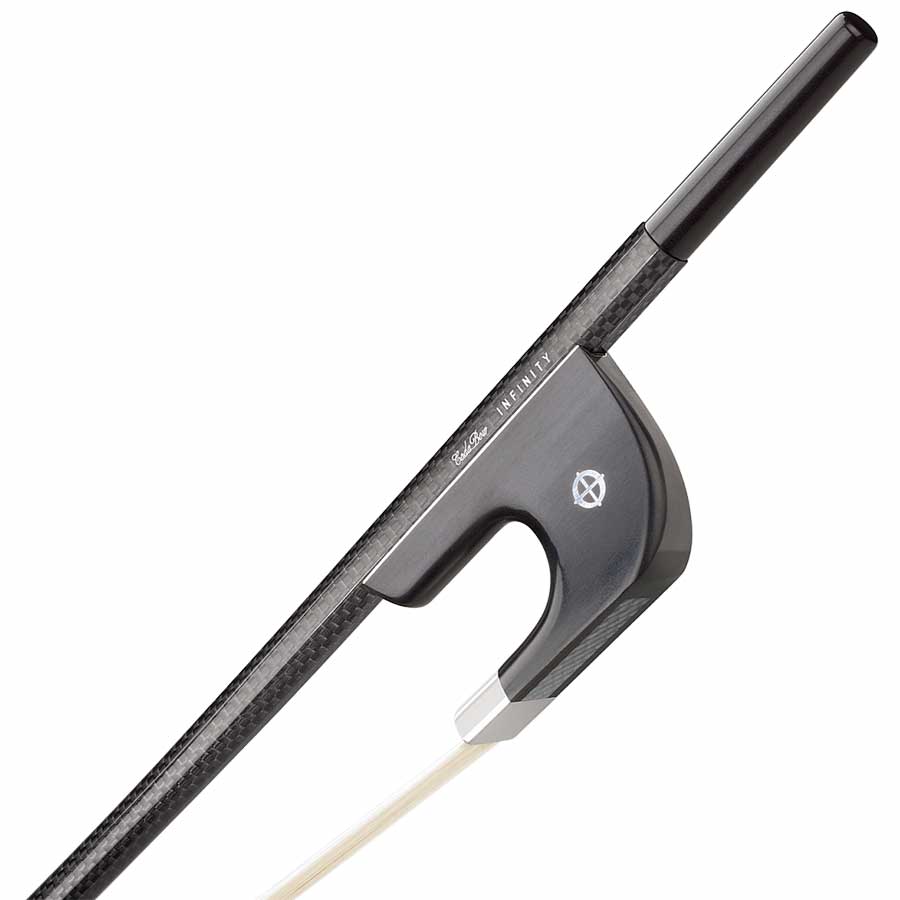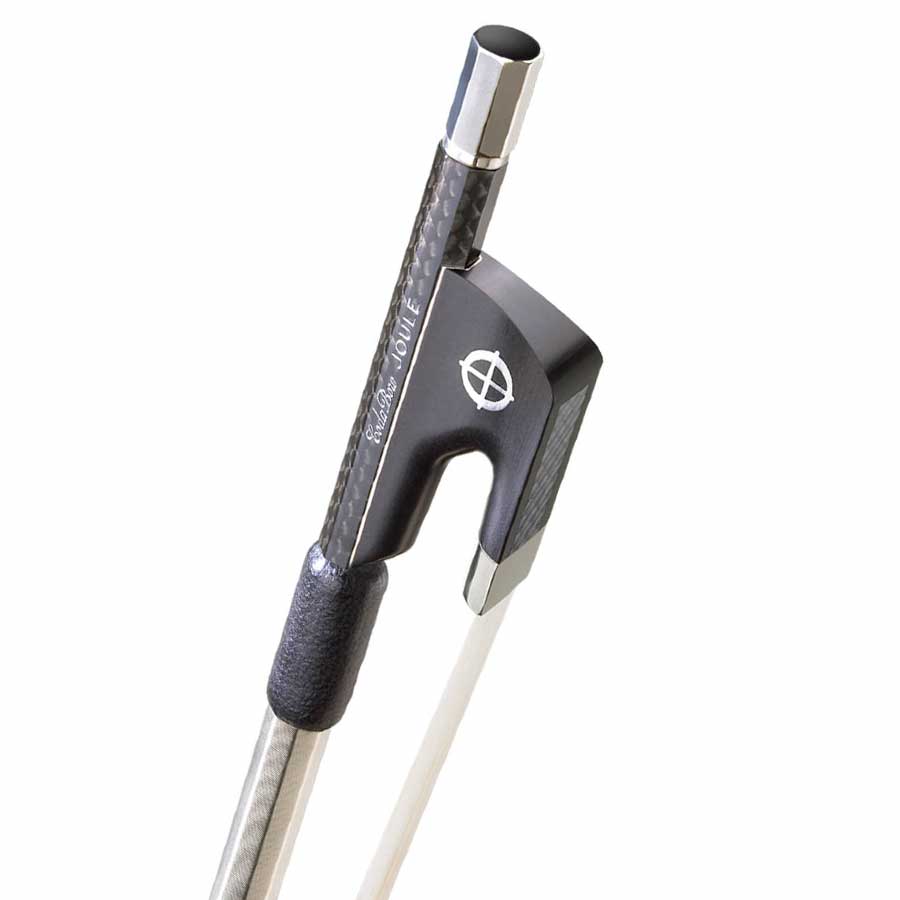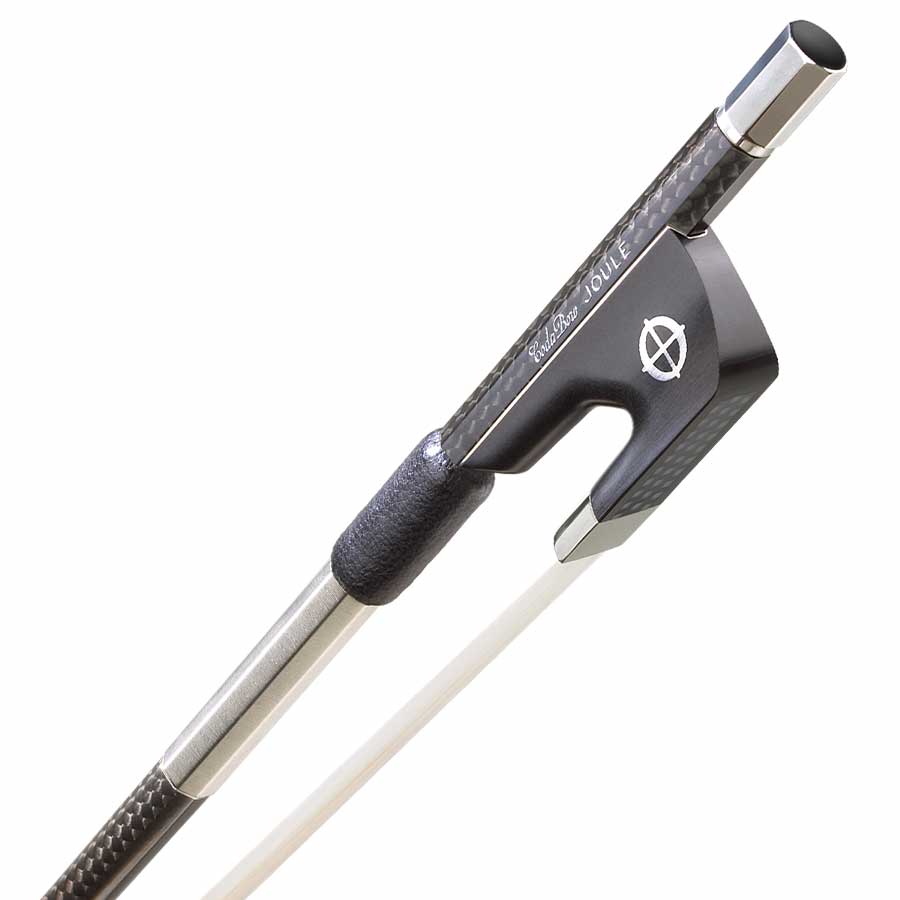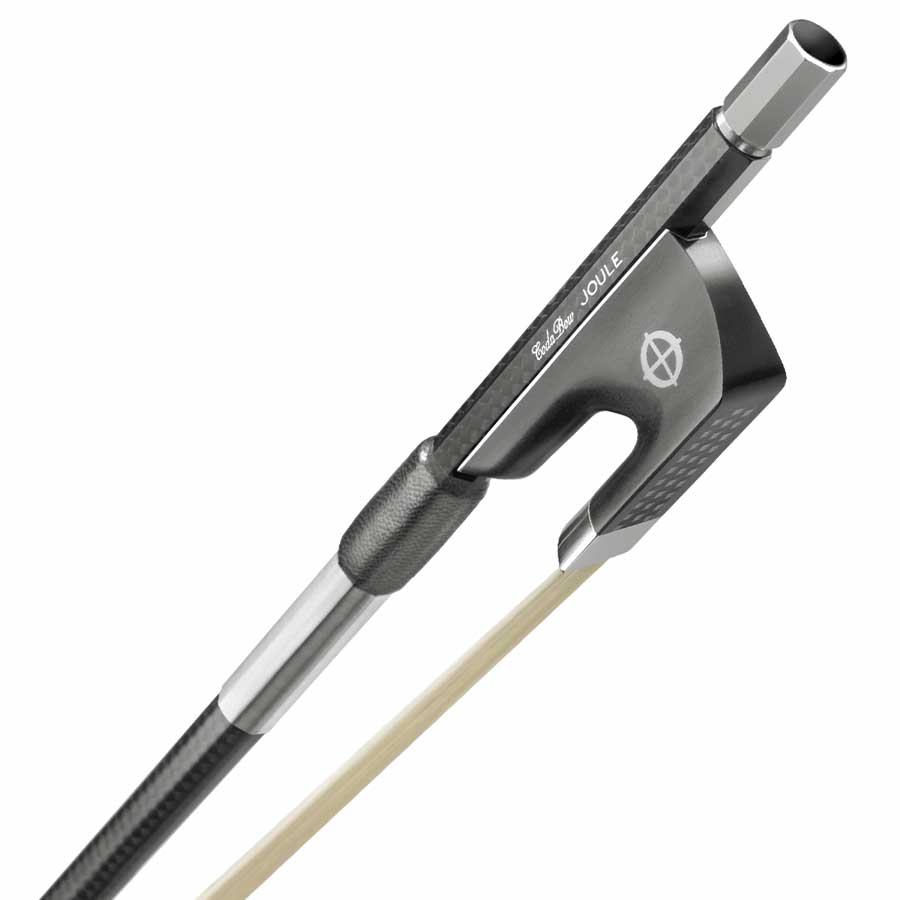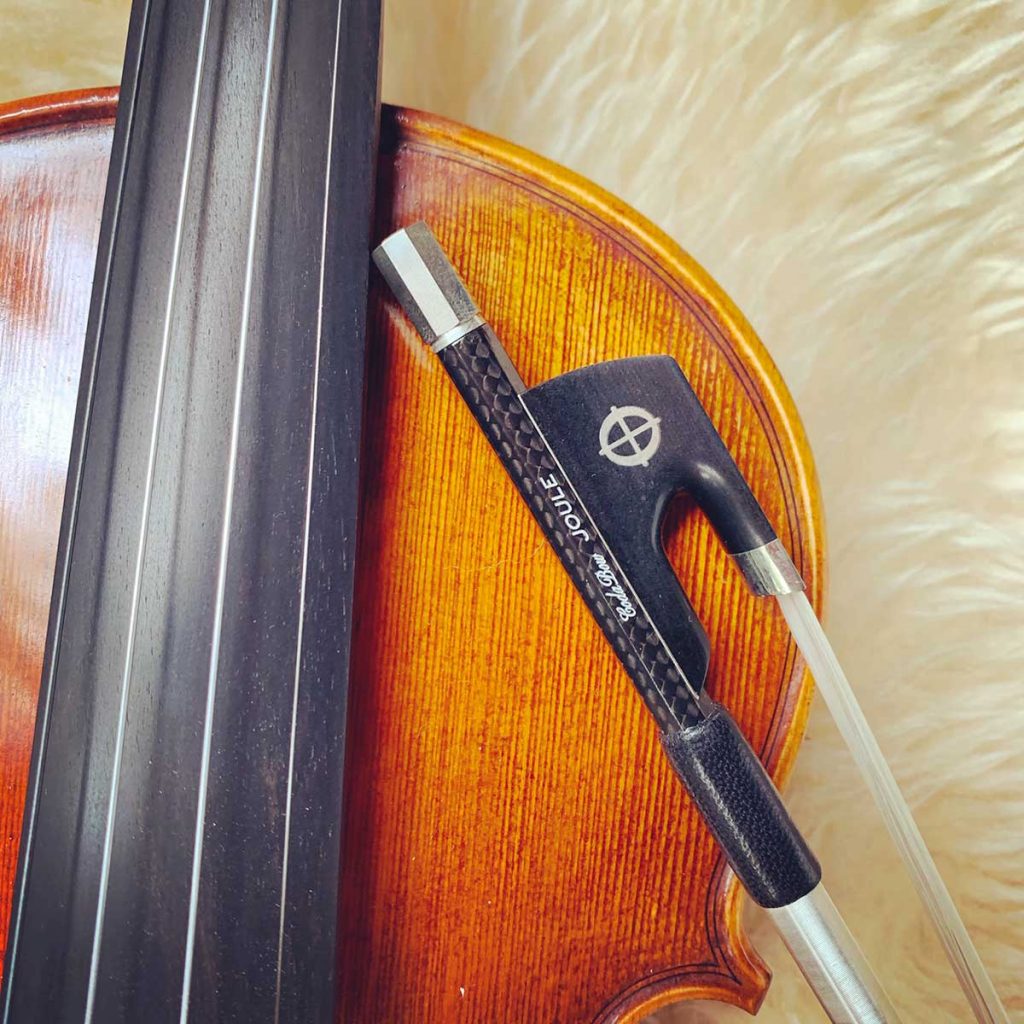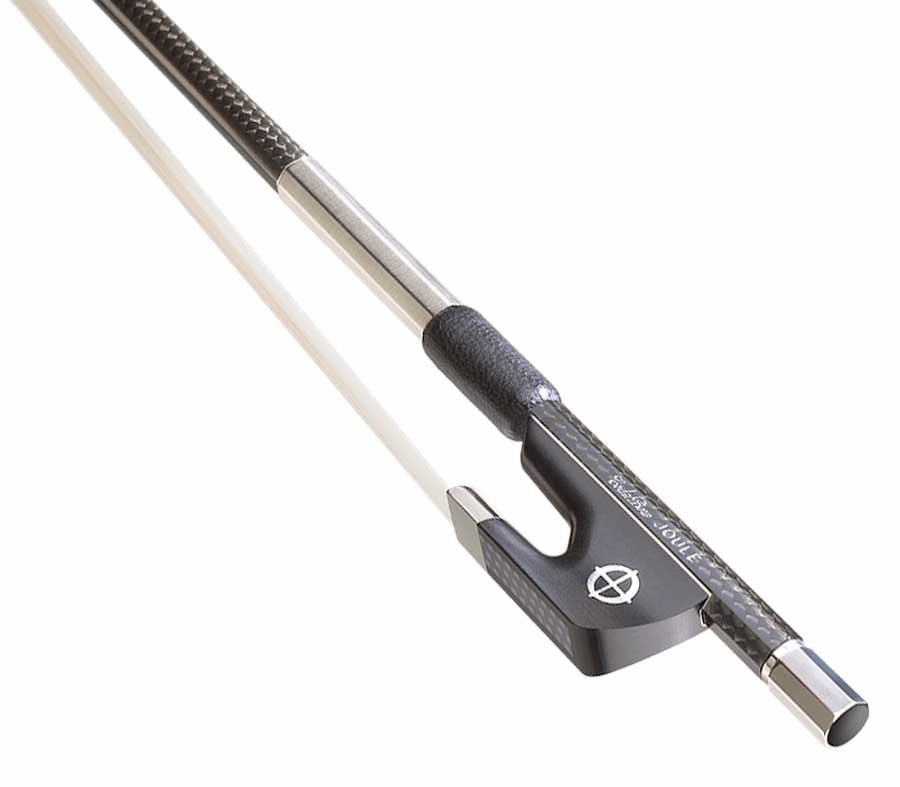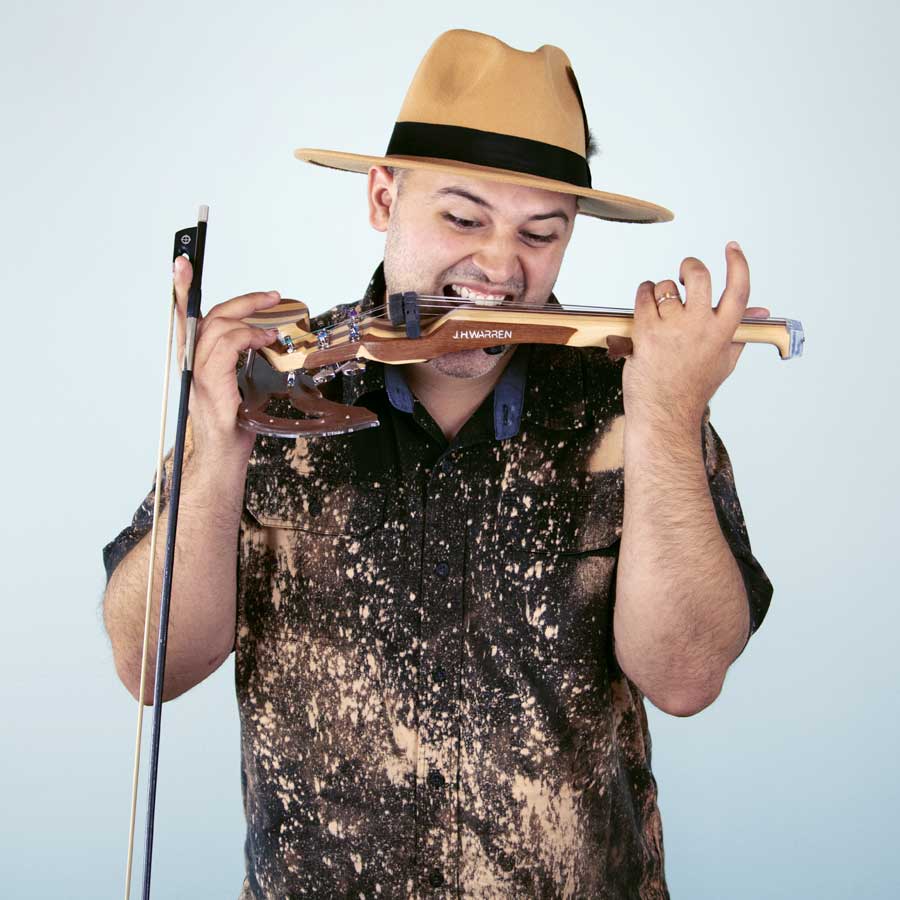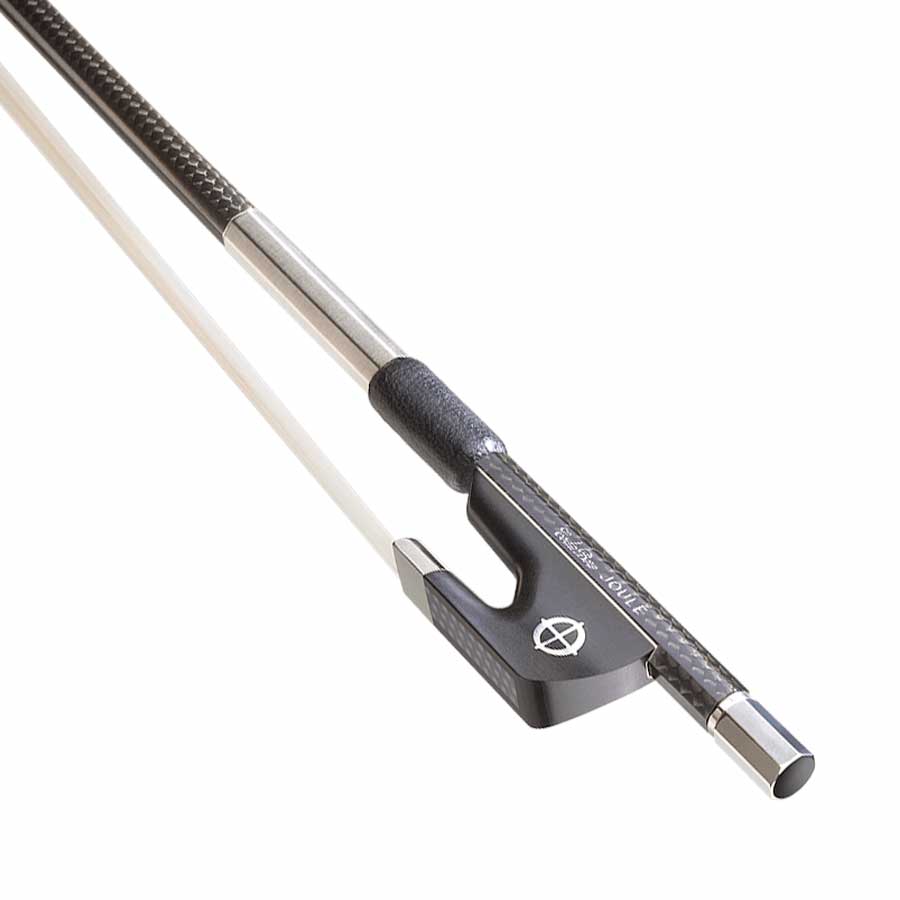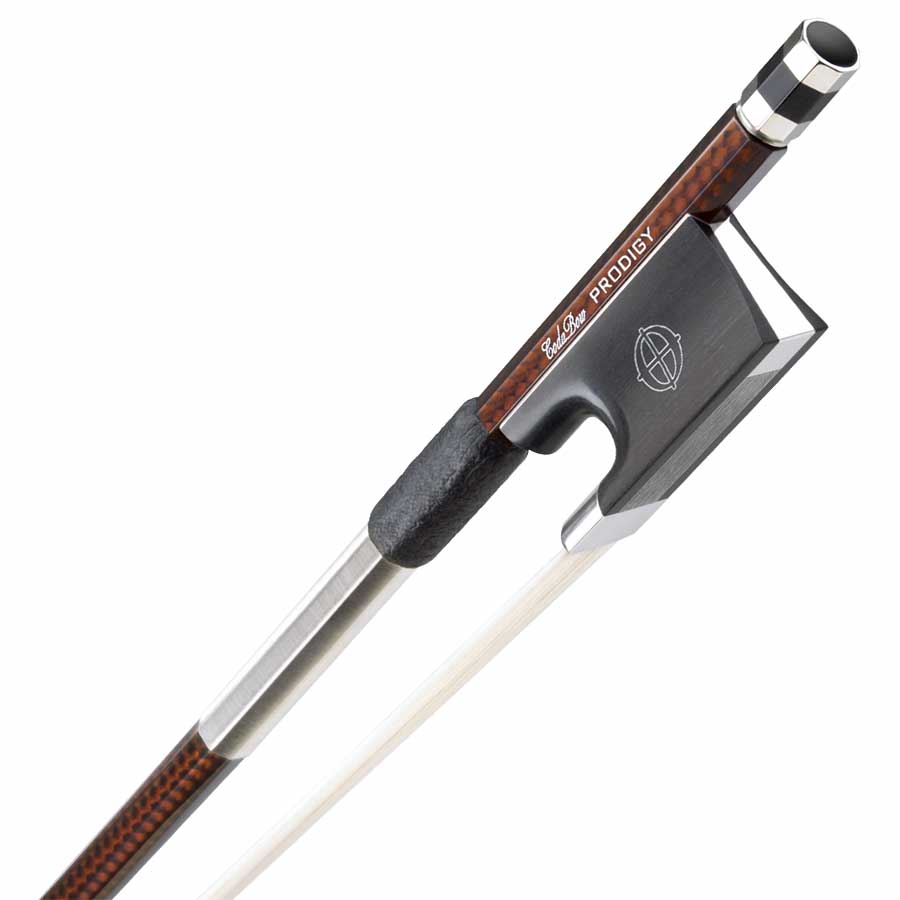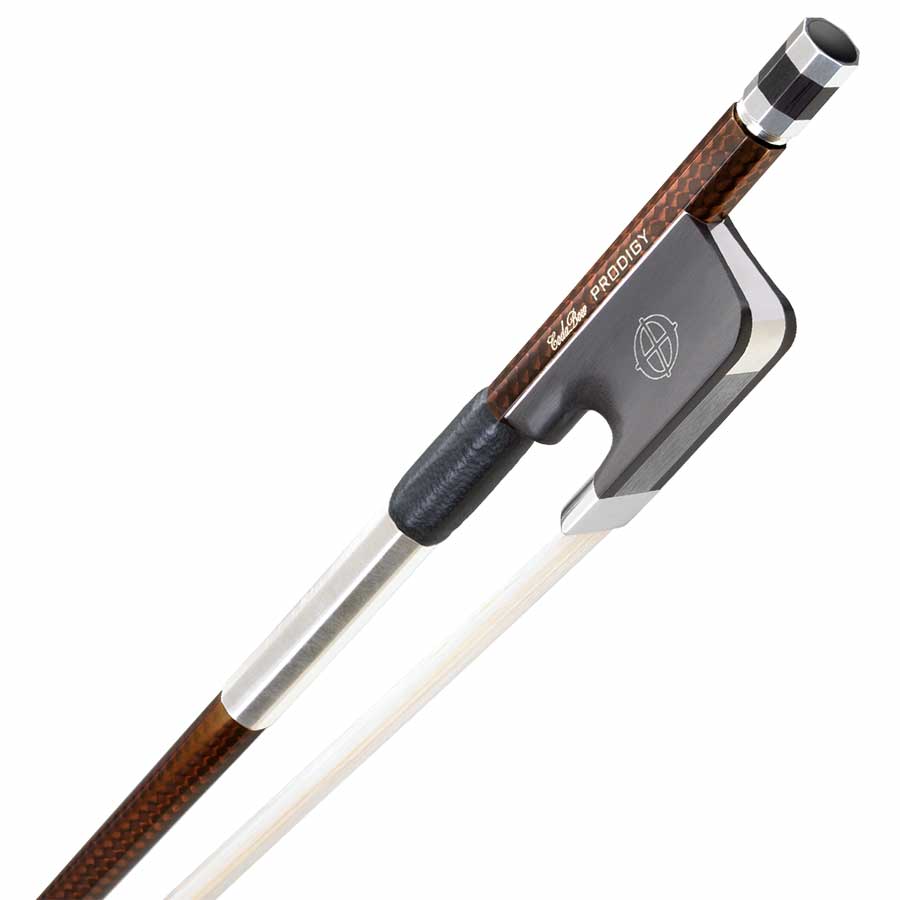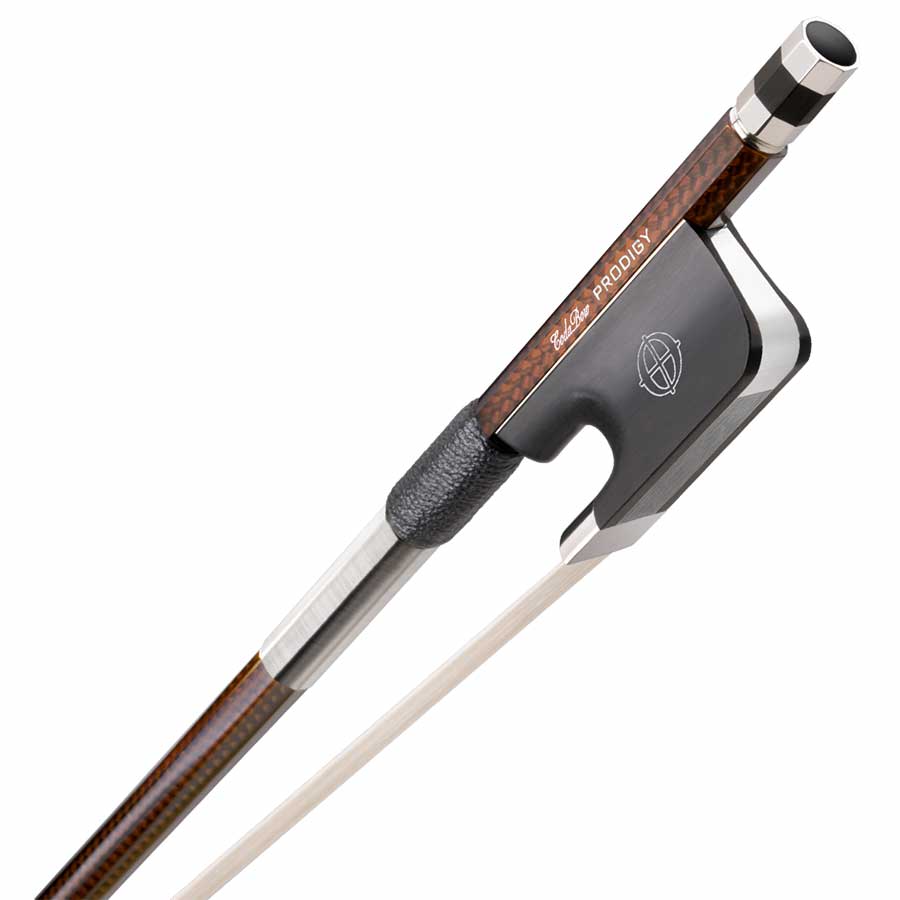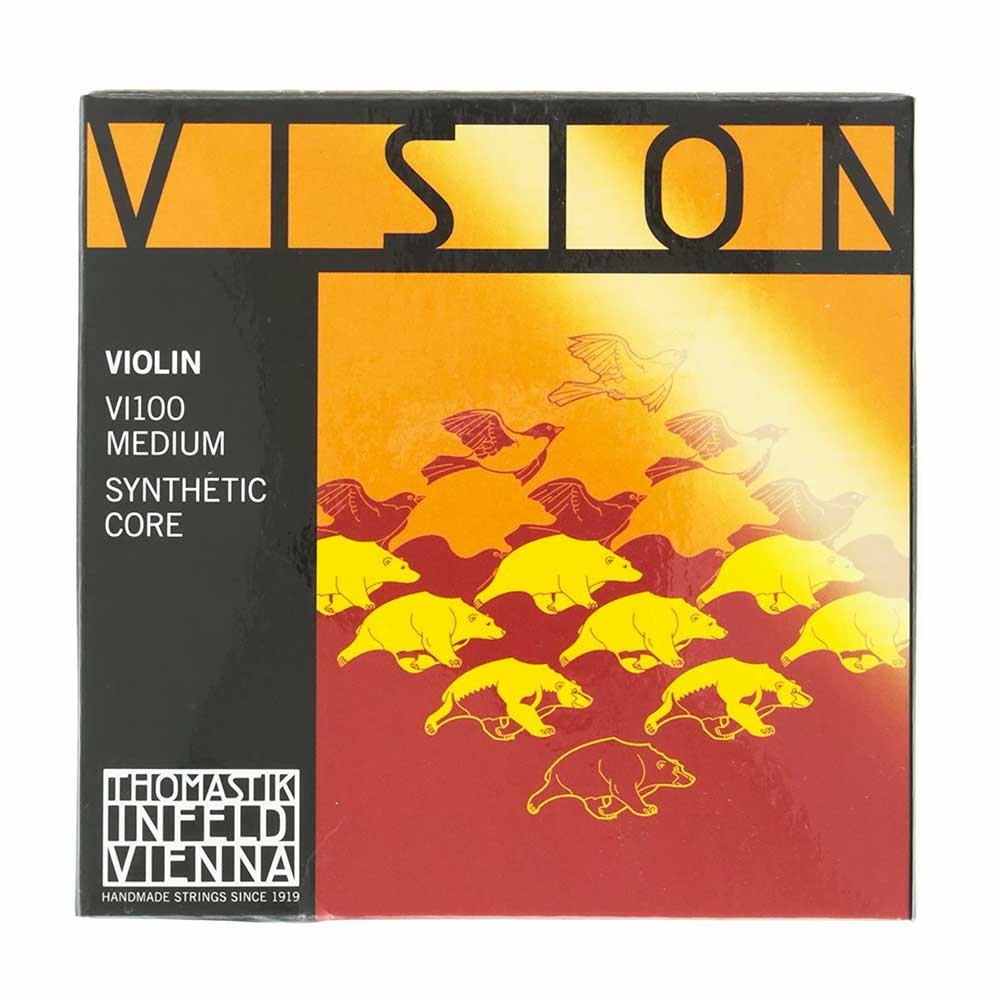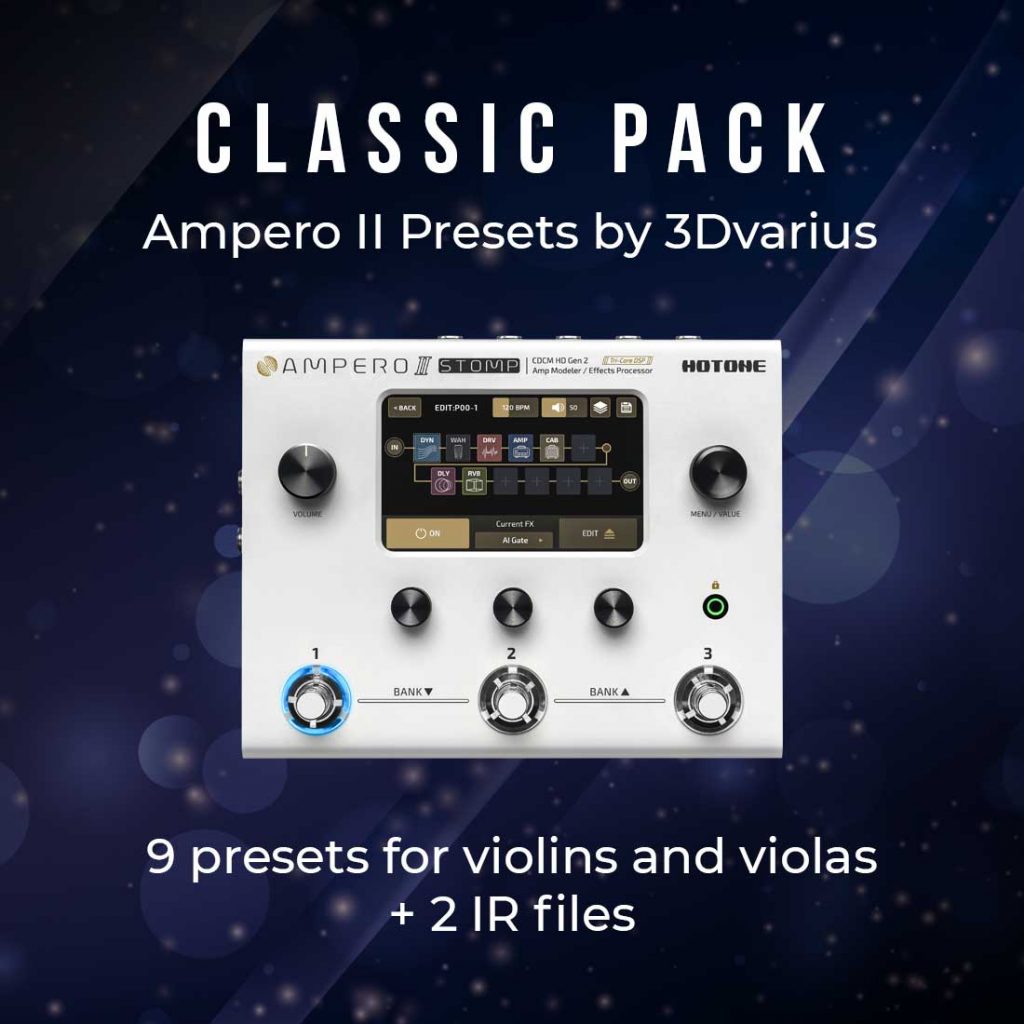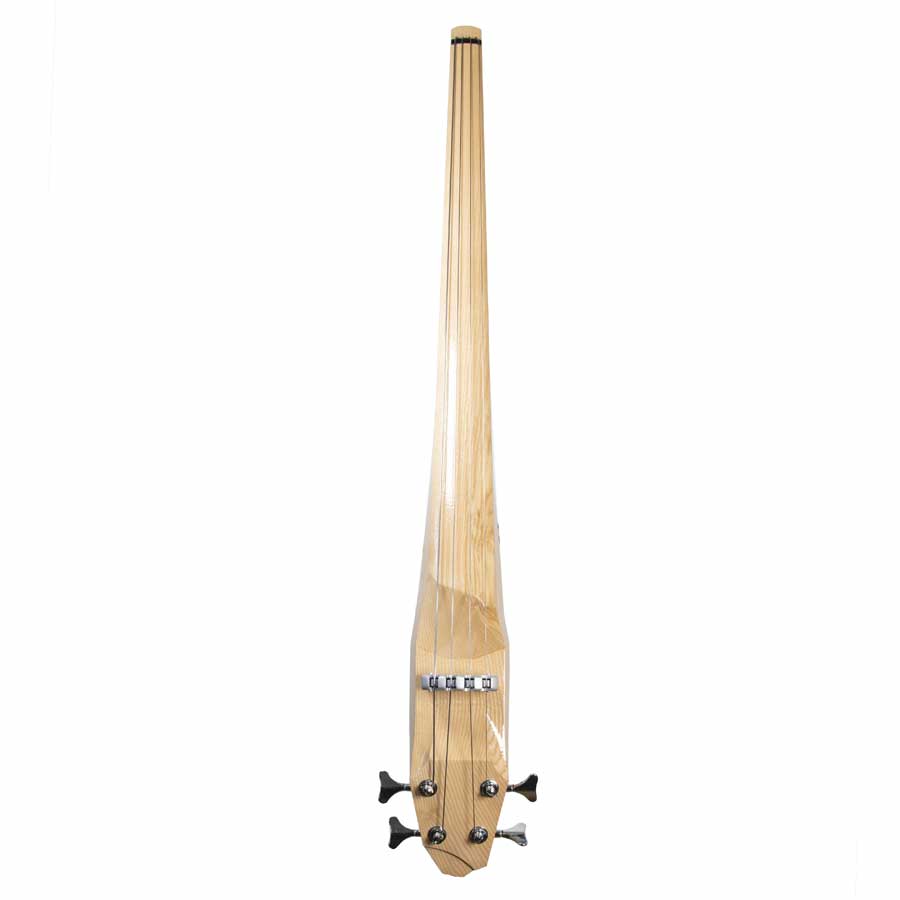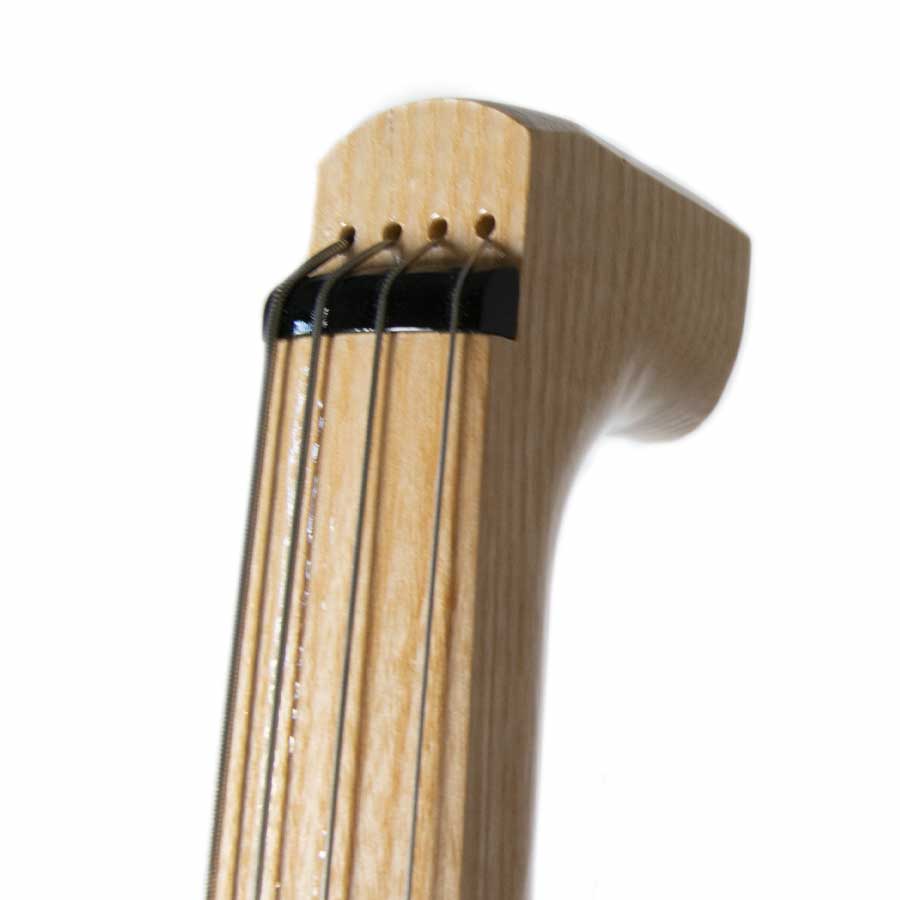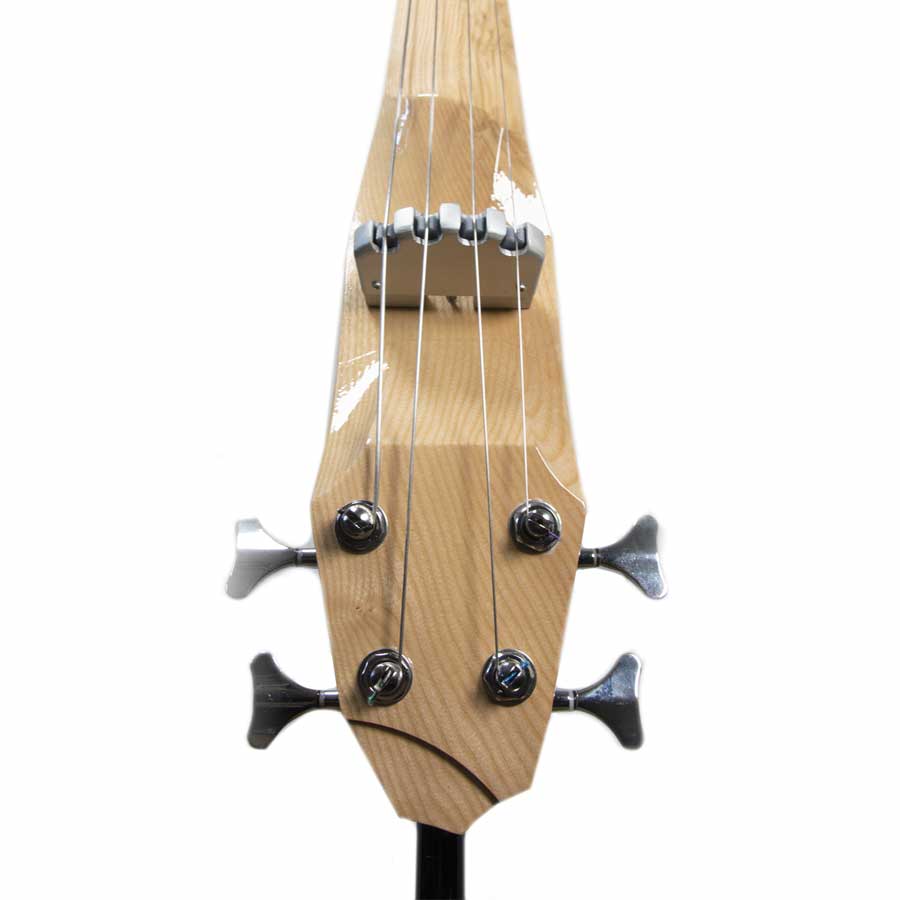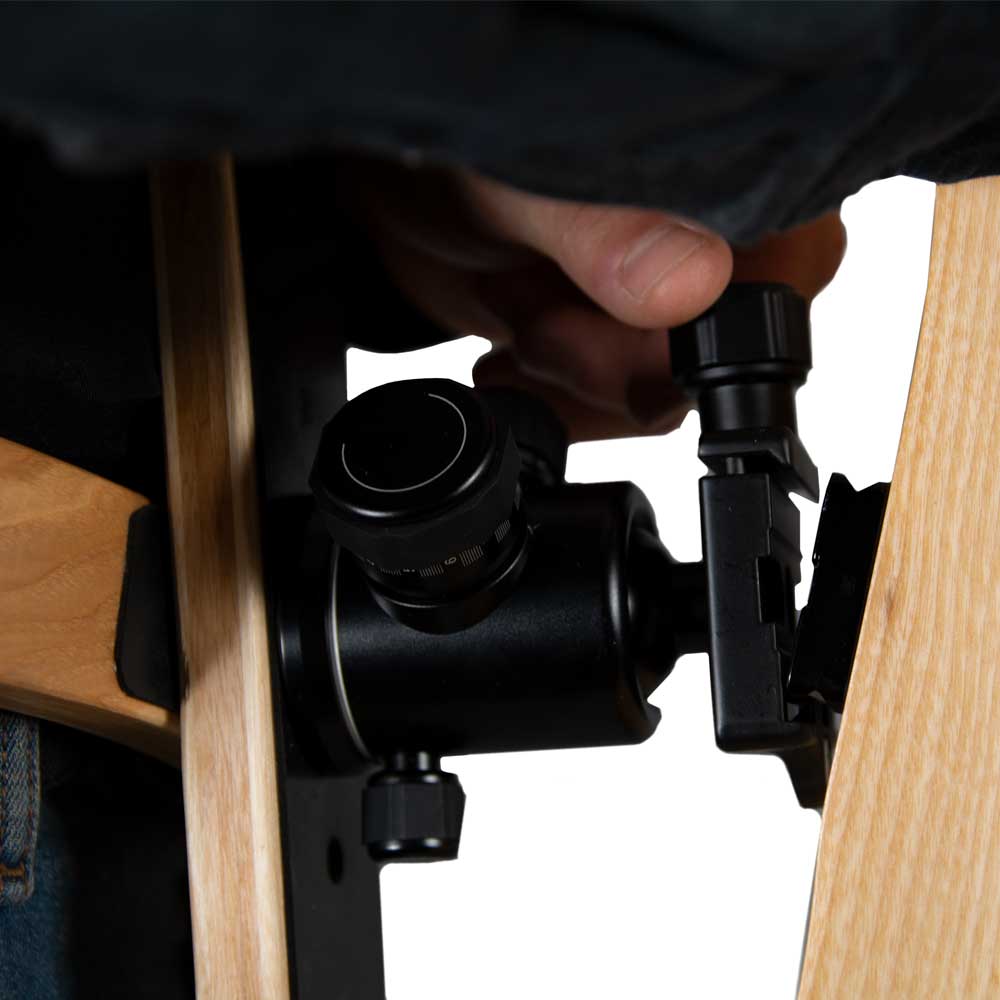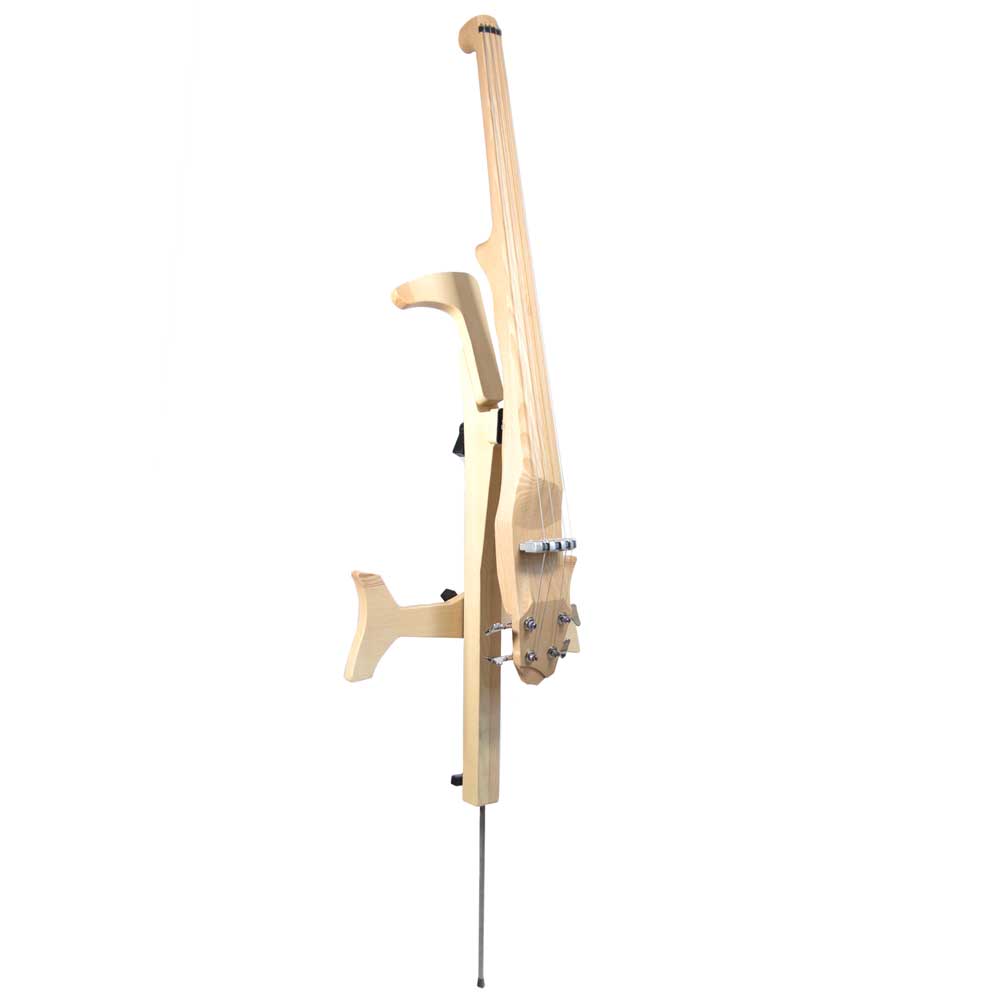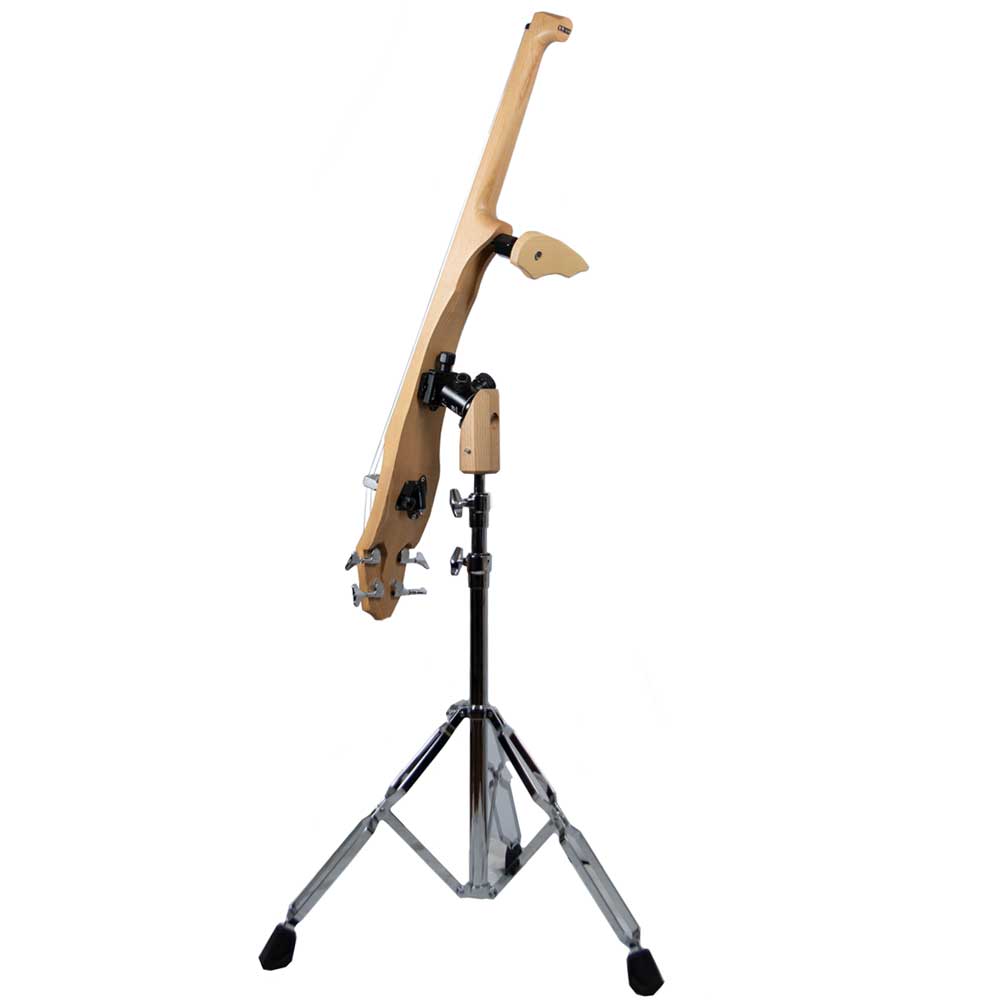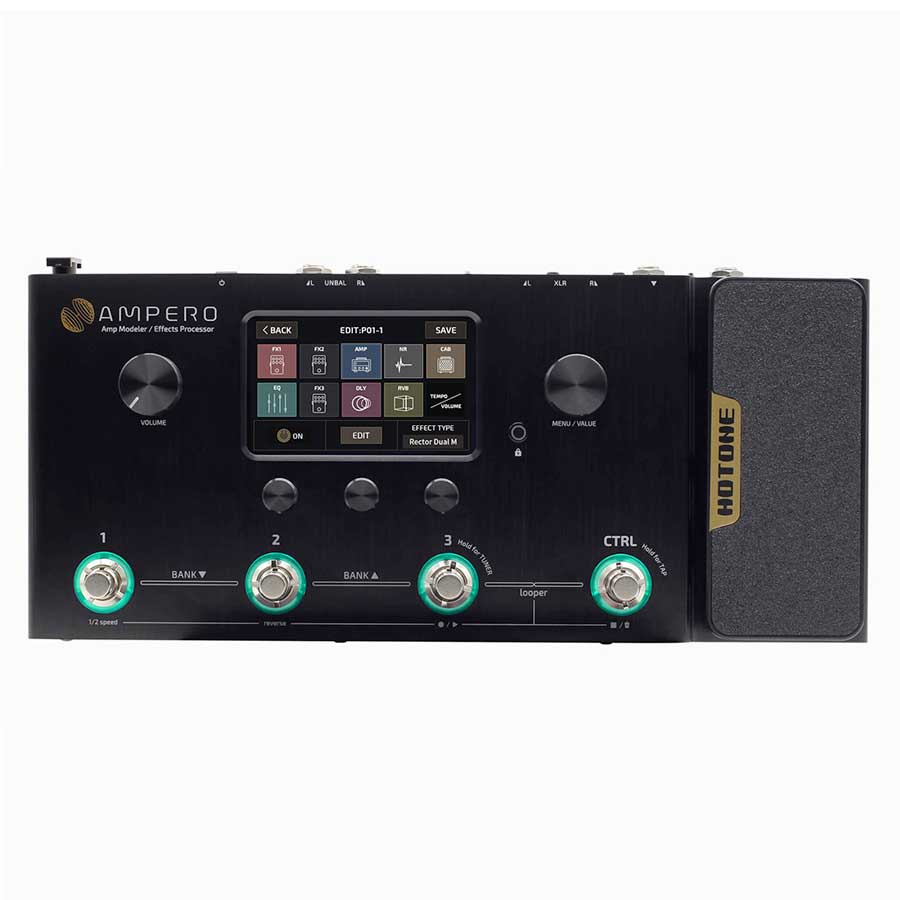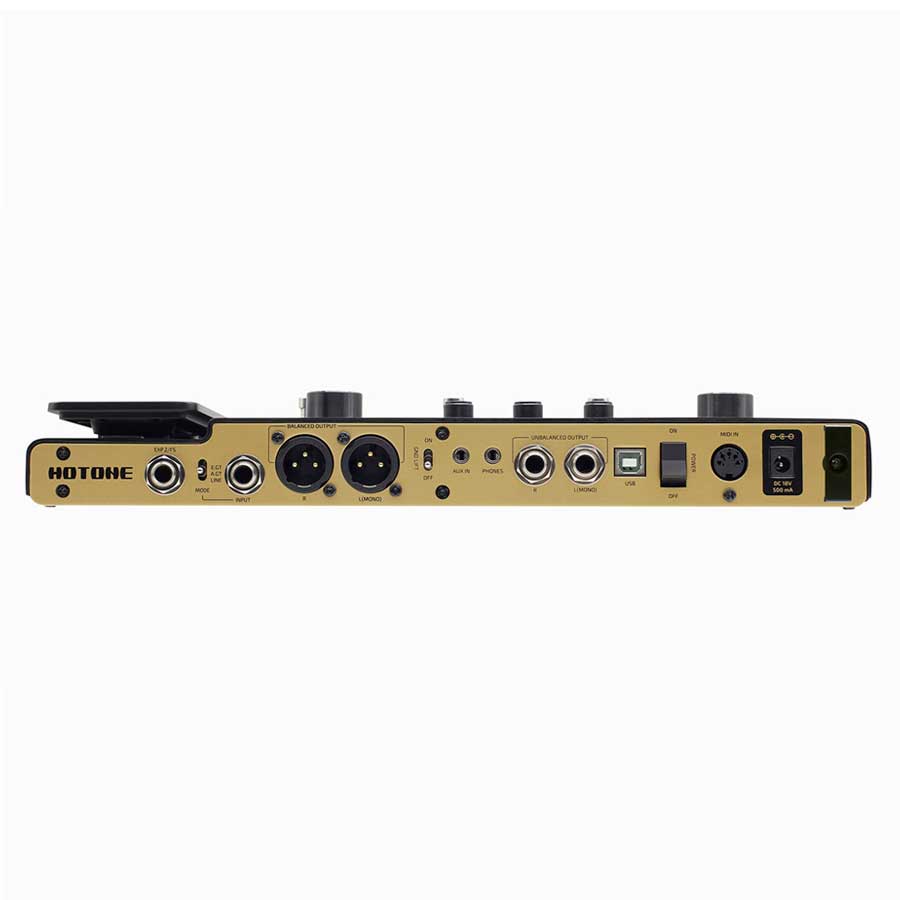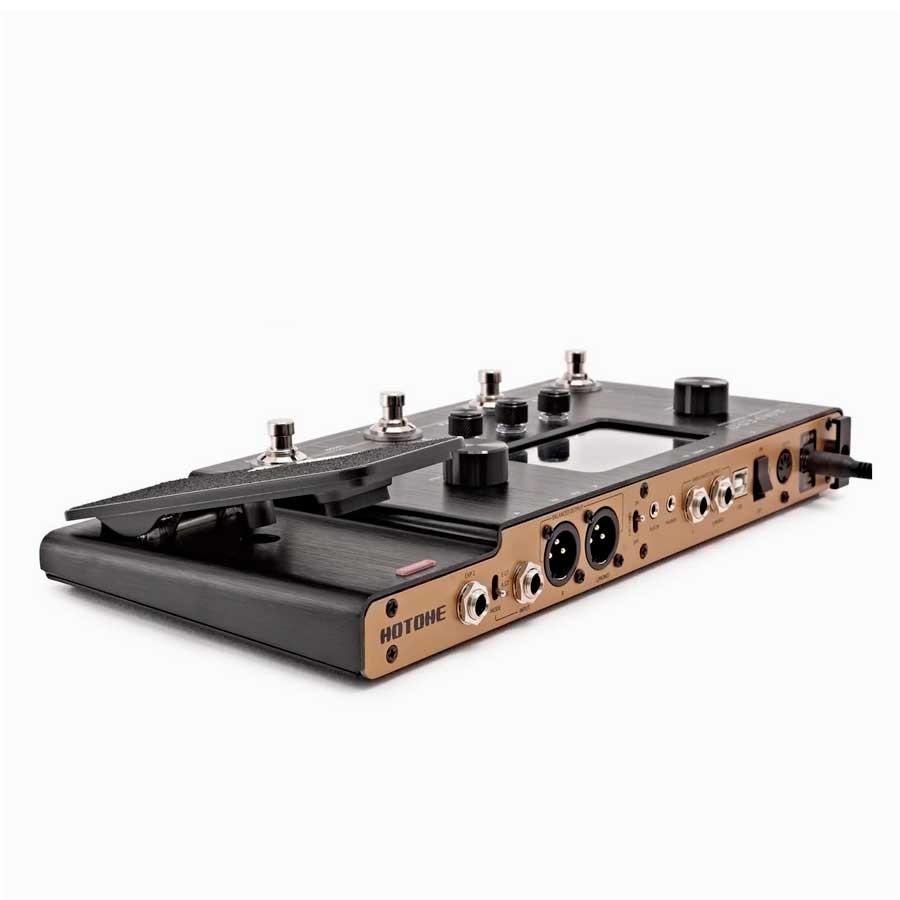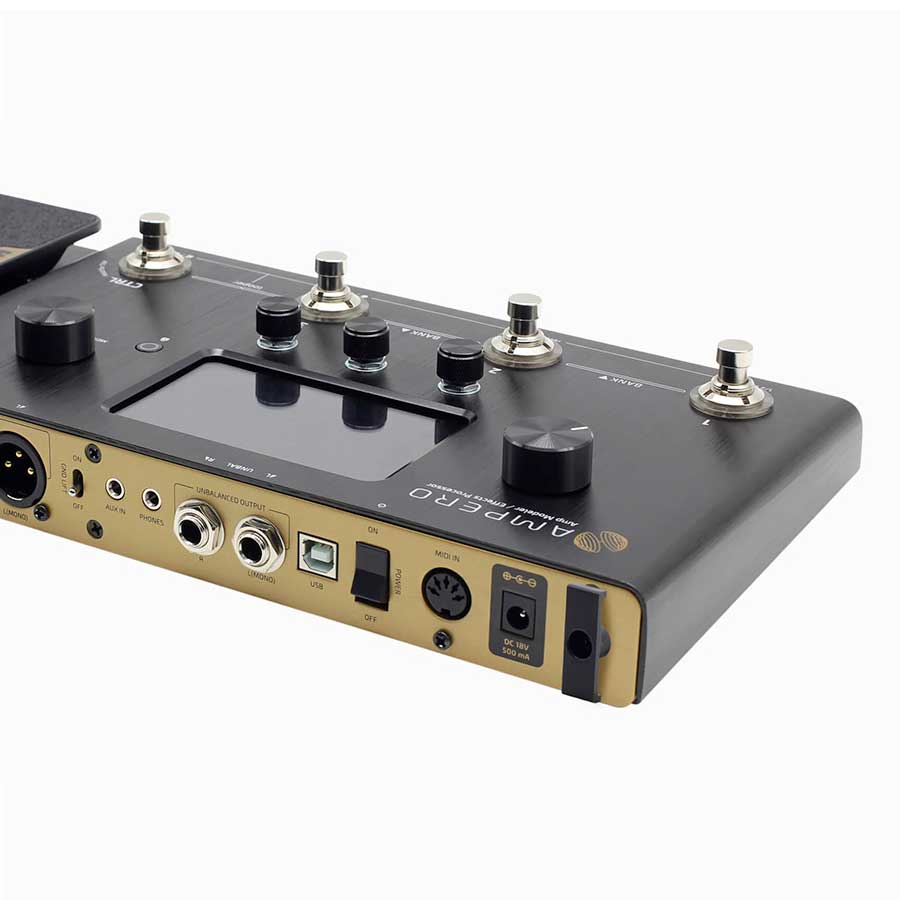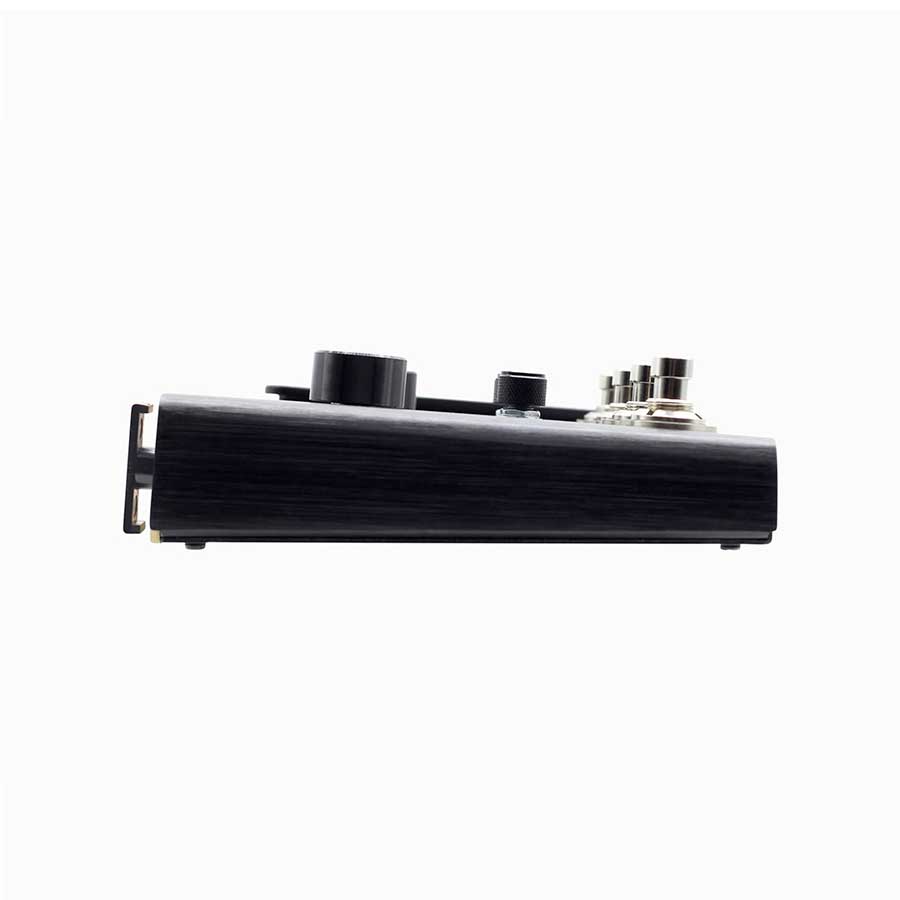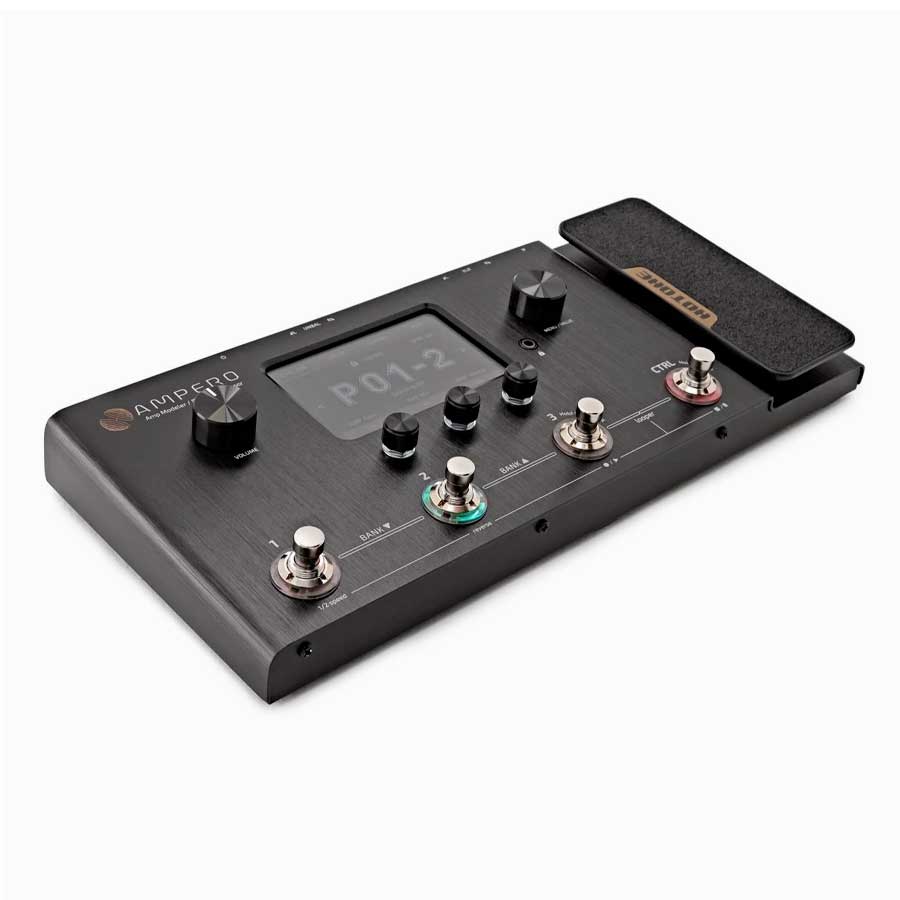Let’s explore the world of rock music, specifically the subgenre ‘Progressive Rock’, and its association with bowed string instruments, such as the violin, cello and viola.
What is Progressive Rock?
The rock progressive is a rock genre oriented towards progress, opening up the ‘rock’ musical genre to new experiments. It is characterized by its complex and experimental approach to music, incorporating elements from various musical genres, such as jazz, classical, folk and more.
Brief History
Progressive rock is a derivative of rock that emerged in the 1960s in England and then spread from Europe to the rest of the world. It reached its peak in the 1970s with a multitude of bands like Pink Floyd, Genesis, Yes, Van Der Graaf Generator, Supertramp and King Crimson.
This genre never ceased to exist and even experienced a resurgence of interest in the 1990s. New emerging bands revitalized progressive rock, preserving the characteristics of the early bands while taking advantage of the latest technologies. Progressive rock itself paved the way for the emergence of new genres, such as progressive metal, exemplified by bands like Dream Theater.
Key features of Progressive Rock
A blend of musical genres
Progressive rock is characterized by a more complex and experimental approach to music compared to conventional rock. It incorporates musical and instrumental techniques used in other musical genres like jazz, folk, medieval and classical music. It’s a fusion of multiple styles, contributing to its complexity and unique sonic differentiation.
For example, songs by the band Gentle Giant draw from classical music, medieval music, jazz and rock. Below is ‘On Reflection‘ where you can see the violinist Ray Shulman in action.
A shift and creativity in musical composition
Progressive rock stands out with a sophisticated musical structure often characterized by changes in rhythm, key and style. Forget the traditional verse-chorus! Compositions are longer with extended instrumental sections. Artists aim to break away from the ‘standard norms’ of rock.
Songs make use of numerous musical instruments, including rock-related instruments like guitars, drums, bass as well as keyboards, wind instruments and bowed string instruments!
Structures and progressions are often unexpected. Rhythmic patterns within the same piece can be very diverse. Solos and moments of improvisation are common!
A holistic artistic vision
Progressive rock draws inspiration from music and other arts, such as literature. The creation of an album is conceived as a complex project encompassing music, ideas, graphic arts, thoughtful lyrics, and more.
This has led to the emergence of concept albums, including the iconic ‘The Wall‘ by Pink Floyd (see the remastered excerpt below). We can also think of the French band Magma, whose lyrics are all in ‘Kobaïan’, a language imagined by Christian Vander, the band’s founder.
Bowed string instruments in Progressive Rock
The rise of amplification
The family of bowed string instruments, which includes the violin, viola, cello and double bass, has strong roots in classical music. They have been defined and developed within the realm of classical music. These instruments have managed to find their place in the majority of musical genres, thanks in part to the advent of electric instruments. The emergence of electric instruments and pickups capable of converting string vibrations into an electric signal has facilitated the integration of many instruments into new genres. Until then, these acoustic instruments were unable to hold their own on stage against the sonic power offered by other instruments.
Musicians transitioning to the rock genre
Most of the violinists, violists and cellists we are about to mention received classical musical education before venturing into more modern music practices. Their classical instruments initially faced challenges in fitting into these new genres. It’s fair to say that presenting oneself as a violinist to join a rock band was somewhat complicated, unless they were replacing a previous violinist. However, progressive rock and its genre-blending allowed bowed string instrumentalists to contribute to compositions. Often, these musicians were excellent multi-instrumentalists, capable of playing both guitar and violin, or bass, percussion and viola, which was a significant advantage!
Violinists, violists and cellists who made their mark in Progressive Rock
John Cale
In their early records, the Velvet Underground had violist John Cale in their lineup. This multi-instrumentalist musician played the viola, bass guitar and keyboard. He sang also occasionally. He remained with the Velvet Underground from 1965 to 1968 before pursuing a solo career.
Darryl Way
Darryl Way is a British violinist and one of the founding members of the music band Curved Air. This band was notable for having a female singer, Sonja Kristina, which was relatively rare in the 1970s. Darryl Way recorded several albums with Curved Air, including ‘Air Conditioning‘ (1970), ‘Second Album‘ (1971), and ‘Phantasmagoria‘ (1972).
In the album ‘Air Conditioning‘, the band pays tribute to the composer Vivaldi with a track of the same name. In an interview, Darryl Way explained about the composer:
He was introduced to me when I was very young and I fell in love with his music – long before ‘The Four Seasons’ became as popular as it is today. ‘Vivaldi’ was my homage to him.
Following musical disagreements, Darryl Way left Curved Air in 1972. He then formed a new group called ‘Darryl Way’s Wolf’. Several years later, he rejoined Curved Air for new recordings and live performances.
Eddie Jobson
Eddie Jobson is a violinist and keyboardist who has been a member of numerous music groups, including Curved Air, Jethro Tull, Frank Zappa and Roxy Music. He gained recognition with his band, Fat Grapple, which played covers of famous bands. While his group was the opening act for Curved Air, members of the latter noticed him. When Darry Way announced his departure from the band, Eddie Jobson joined Curved Air.
Later, he met Brian Ferry, the singer of the band Roxy Music. He contributed to the recording of their first album, ‘These Foolish Things” and participated in several tours.
David Cross
Violinist, violist and keyboardist, David Cross joined the band King Crimson in 1972. The members of King Crimson changed significantly over the years, with the exception of guitarist Robert Fripp, whom we discussed in our article on looping techniques because he was the originator of one of the early loop systems known as Frippertronics.
David Cross contributed to the albums ‘Larks’ Tongues in Aspic‘ (1973), ‘Starless and Bible Black‘ (1974) and ‘Red‘ (1975). During this period, the band was improvising a lot on stage.
Robby Steinhardt
Violinist Robby Steinhardt was one of the founding members of the band Kansas. The incorporation of the violin alongside instruments traditionally associated with rock music played a significant role in defining Kansas’s style. He was involved in all the recordings and concerts until 1982, before making a return in the 1990s until his passing in 2021.
Nash the Slash
The Canadian band FM was formed by keyboardist Cameron Hawkins and violinist Nash the Slash (Jeff Plewman). They played multiple instruments on stage, except for the guitar, which was not used by the band.
Papa John Creach
Violinist Papa John Creach also played a role in the development of the violin in progressive rock. He joined the band Jefferson Airplane in 1970 and continued to work with various musical groups.
Didier Lockwood
Magma is a French band founded in 1969 by Christian Vander. Magma is known for its complex music, fusion of multiple styles, and the creation of a ‘language’ called ‘kobaïan’. In 1973, Didier Lockwood joined Magma. He participated in various concerts, including the live recording in Paris in 1975, resulting in Magma’s first live album, ‘Live/Hhaï‘.
Ray Shulman
Gentle Giant was formed by three brothers, Phil Shulman (vocals, saxophone and trumpet), Derek Shulman (vocals) and Ray Shulman (guitar, violin, trumpet and vocals). After a negative experience within the music industry that had transformed the musical identity of their first group, they embarked on a new artistic direction not guided by ambitions for single sales or chart positions. This fresh start led to the creation of the band Gentle Giant.
Mik Kaminski
It’s impossible not to mention the Electric Light Orchestra, which included the violinist Mik Kaminski, as well as cellists Hugh McDowell and Melvyn Gale.
The list of violinists, cellists and violists who have worked in progressive rock is extensive. We could continue with Chris Karrer with the band Amon Düül II, Graham Clark with Planet Gong, Jerry Goodman with Flock, Michael Karoli with CAN, Akihisa Tsuboy with KBB, Jean-Luc Ponty with Alan Sorrenti, Geoffrey Richardson with Caravan, and so on.
If you wish to listen to these violinists, cellists and violists who have influenced the genre of Progressive Rock, we have compiled a Spotify playlist featuring them.
Images and sources: INA, Wikipedia, DME, Music Aficionado, Tim Tommey.

